I have another class field trip under my belt. This time we explored the Veneto, the region near Venice. And then, as the field trip came to a close, my friends and I ventured on a weekend trip to Budapest, Hungary. I’ll have links to my pictures city-by-city again (listed below).
The first stop of my academic excursion was in Bologna. We arrived midday Sunday and started off by grabbing a quick lunch of local Piadina sandwiches, which we ate in the main piazza in front of San Petronio. We took our architectural tour of the city in our studio groups, led by our professors. We walked from location to location utilizing the city’s famous porticoes, which were built to protect its inhabitants from frequent rainfall. The network is comprised of passageways of varying sizes and styles which give Bologna so much of its character. I got to see another of Bologna’s icons, the two towers, a short one and a tall one, both of which lean. Of course, we went into many churches: the Gothic San Petronio, the Baroque Santa Maria della Vita, and the complex of Santo Stefano. Santo Stefano was my favorite because it is actually a unique series of churches and courtyards. That evening I attended Mass at San Domenico and saw the tomb of Saint Dominic. After Mass we went to dinner where I had another local specialty, tortellini soup! Not only was it warming and delicious, but it also reminded me a bit of home! Here are pictures from Bologna!
On Monday morning we left for the small town of Mantova. The town is located in the middle of marshlands and was originally an island. We ventured through the streets, studying the various piazze and exploring local churches. The most famous church in the town, Sant’Andrea, was the work of Andrea Palladio and one we have focused on in previous history classes. Many of the notable buildings in Mantova, including the whimsical Palazzo del Te, are connected to the Gonzaga family, a Renaissance powerhouse. This suburban palace and stable were designed by Giulio Romano and are the prime example of Mannerist architecture. Romano manipulates elements of classical architecture in ways that have varying interpretations, but are impressive nonetheless. Palazzo del Te was one of the first buildings we learned about in our freshman year course, “Analysis of Architectural Writings,” and again in Architectural History last year, so there was intense anticipation to visit this building. For most of us, it lived up to the hype. Other notable features of Palazzo del Te are the frescoed rooms, specifically the Hall of Giants and the Hall of Horses, as well as the grotto. To make our visit even more fantastic, our professors treated us to Sbrisolona, the town’s special cake. We also got to stop by Giulio Romano’s Mannerist style house. That evening we took a bus to Verona where we got dinner and explored a little at night. Click here to see pictures from my day in Mantova.
We started the morning in Verona with our professor-led tours. We began by visiting the arena, which is the ruins of a Roman amphitheater that was slightly smaller than the Colosseum. We went to Piazza delle Erbe, the lively main market piazza, and the complex of palazzi and courtyards which comprise their town hall. Of course, we saw numerous churches, Juliet’s Balcony, and the Roman city gate called Porta Borsari. After lunch we walked to some of the major palazzi. My favorite places in Verona were the bridges. The water was so clear and the views were breathtaking! The oldest bridge, Ponte Pietra, was simple and beautiful while the fortified Castelvecchio Bridge was imposing and spectacular! In the evening we went to the Gusti Gardens which had both groomed and “natural” gardens. Hiking the cliff at the back of the garden provided incredible sunset views of the city! We then travelled to Vicenza in time for dinner. We also found a Halloween dance party in a piazza and wowed the Italians with our knowledge of the “Cotton Eyed Joe” dance. Here are pictures from my day in beautiful Verona.
In Vicenza we did our typical city walks, stopping to spend time at Palladio’s Palazzo Chiericati and Teatro Olimpico which were both rather impressive. In the afternoon we went to one of Palladio’s most famous buildings, the Villa Rotunda. He designed many villas, country homes for wealthy Venetian merchants, but the Villa Rotunda is his most idealized form. This is another case of a building we’ve spent so much time hearing about that seeing it in person was surreal. Interestingly, it is still the home of the original family who commissioned Palladio to design it. We also walked to the nearby Villa Valmarana ai Nani (not Palladian) where we paid close attention to the gardens. If you’d like to see pictures of me exploring the world of Palladio in Vicenza click here.
On Thursday morning we arrived in Venice and took a walking tour for pretty much the entire day, minus some free time for our lunch break. We saw the Opera House, the Accademia Bridge, the Rialto Bridge, the fish market, Piazza San Marco, the Doge’s Palace, and the Bridge of Sighs. We also stopped at many churches, most notably ending the night at Santa Maria Gloriosa dei Frari, where we saw fabulous works of art. The apse of the church contains “The Assumption of the Virgin,” the most famous work of the great Renaissance painter, Titian.
We were allowed to take a more in-depth look at two specific Palladian churches on Friday morning: San Giorgio Maggiore and Il Redentore. Once a year, both churches have a procession from the main city over the Giudecca canal via a bridge of pontoon boats! After working on a comparative analysis of both churches for Urbanism, we headed across the canal to Santa Maria della Salute to complete a drawing assignment. After a brief lunch of homemade pasta in a box, we went into the Accademia Gallery which is full of great Venetian art, including more works of Titian. Once our official school trip ended, we explored Venice until our overnight bus to Budapest that left at 10 PM. Here are the pictures of my time in Venice!
Saturday morning we arrived in Budapest. Before being able to check into our Airbnb we grabbed breakfast and lunch and wander by the Opera House, St. Stephen’s, and the Parliament Building. In the afternoon we went to the Szechenyi Thermal Baths which are fed by two springs and are the largest medicinal bathes in Europe! The complex has 18 pools of varying temperatures, both indoor and outdoor. We started in the outdoor pools, then went to the sauna and ice bath, and ended by exploring some of the interior pools. The complex was massive and beautiful and provided us with some much needed relaxation. That night we ate a delicious dinner and went to one of Budapest’s Ruin Bars. The Ruin Bars are individual bars set up in buildings that were bombed, ransacks, or abandoned throughout WWII and are now decorated with an eclectic array of antiques and installation art. The one we went to was a multistory complex with themed rooms and confusing underground passageways. Here is a good link to read more about the Ruin Bar culture.
We started Sunday morning by attending Mass in Hungarian at St. Stephen’s and climbing to the top of the church for panoramic views afterward. Then we walked to check out the architecture of the Great Synagog, Europe’s largest synagogue, and the Applied Arts Museum. After eating some goulash soup for lunch we crossed the Danube River to the “Buda” side of the city and climbed the hill to the Castle District to visit Matthias Church and the Fisherman’s Bastion. Matthias Church is one of the most unique churches I’ve been in. The Neo-Gothic exterior is topped with a colorful patterned roof and its interior is completely painted in vivid designs. The church has a dynamic history through the changing political environment and even was briefly converted to a mosque. The Fisherman’s Bastion is an overlook right outside the church with spectacular views over the river and to the “Pest” side of the city. That night we got Chimney Cakes, the country’s special pastry, which are funicular shaped cakes filled with your choice of goodies! We also got the bed early since our flight home departed way before sunrise. Here are pictures from my adventures in Budapest!
Photos by City:
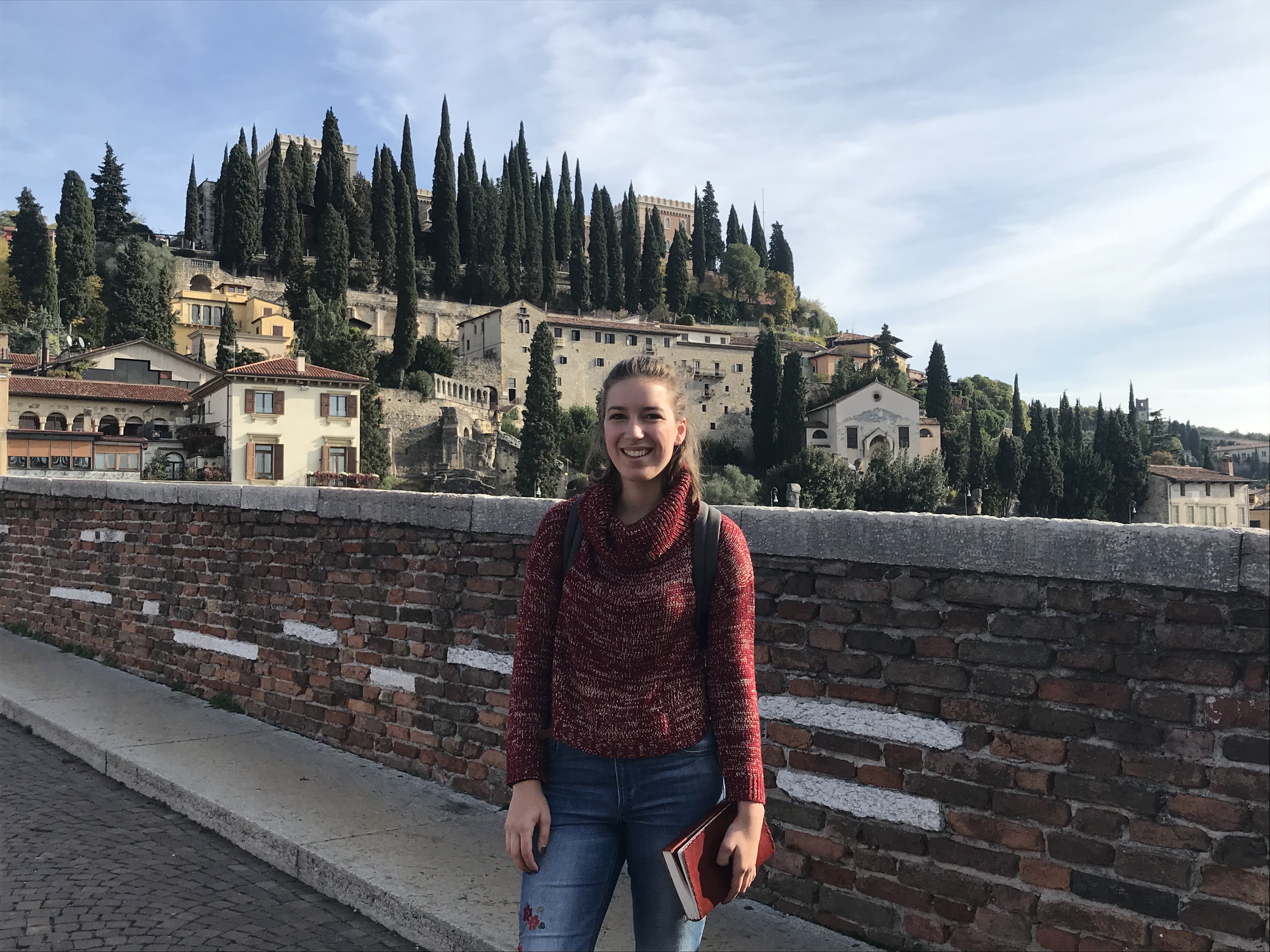





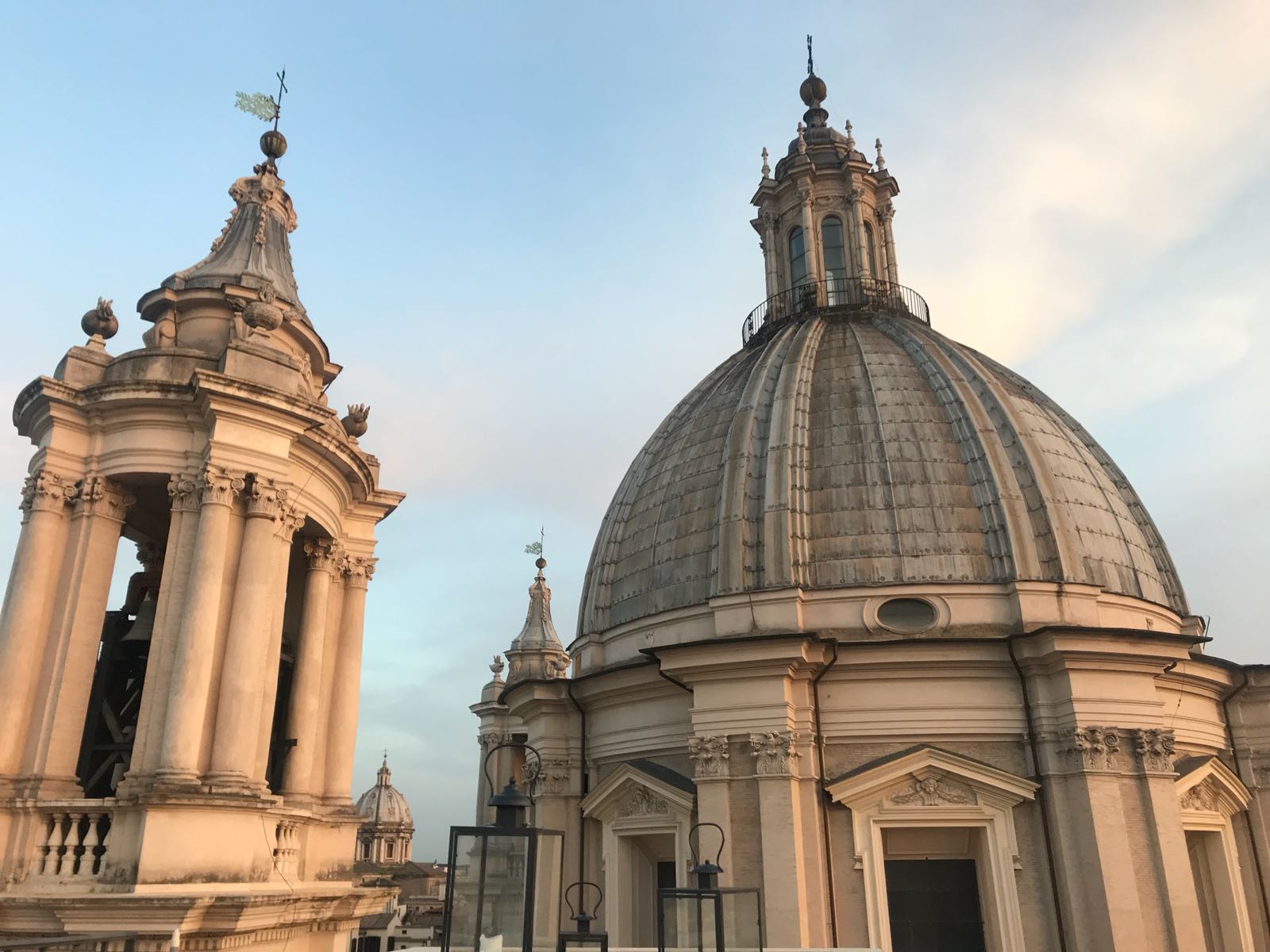

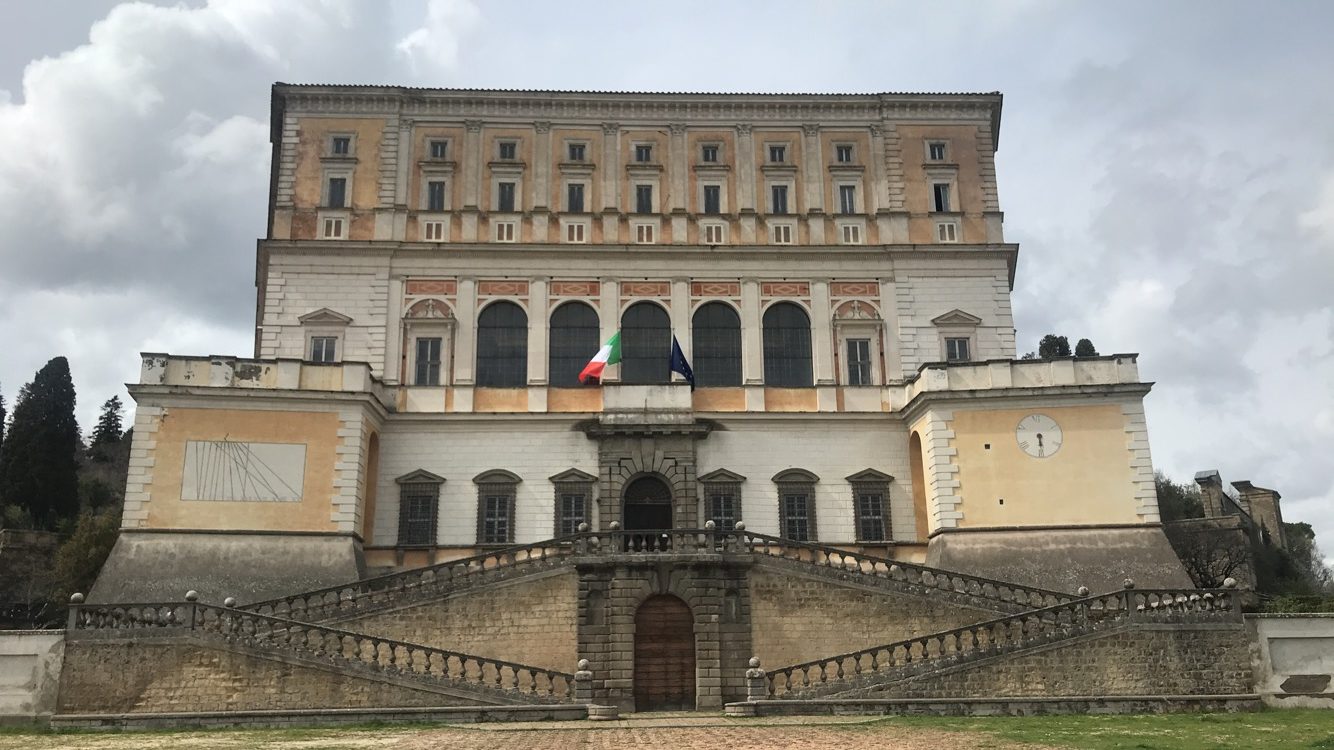
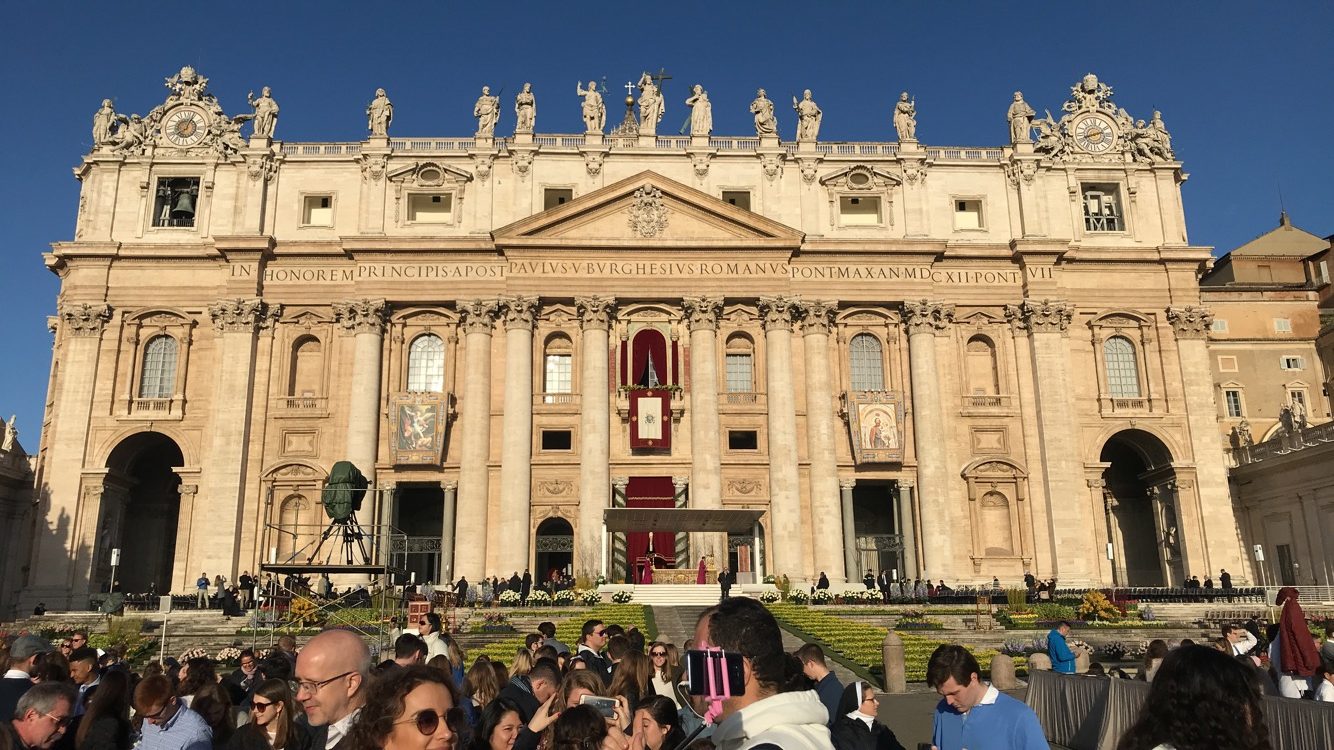
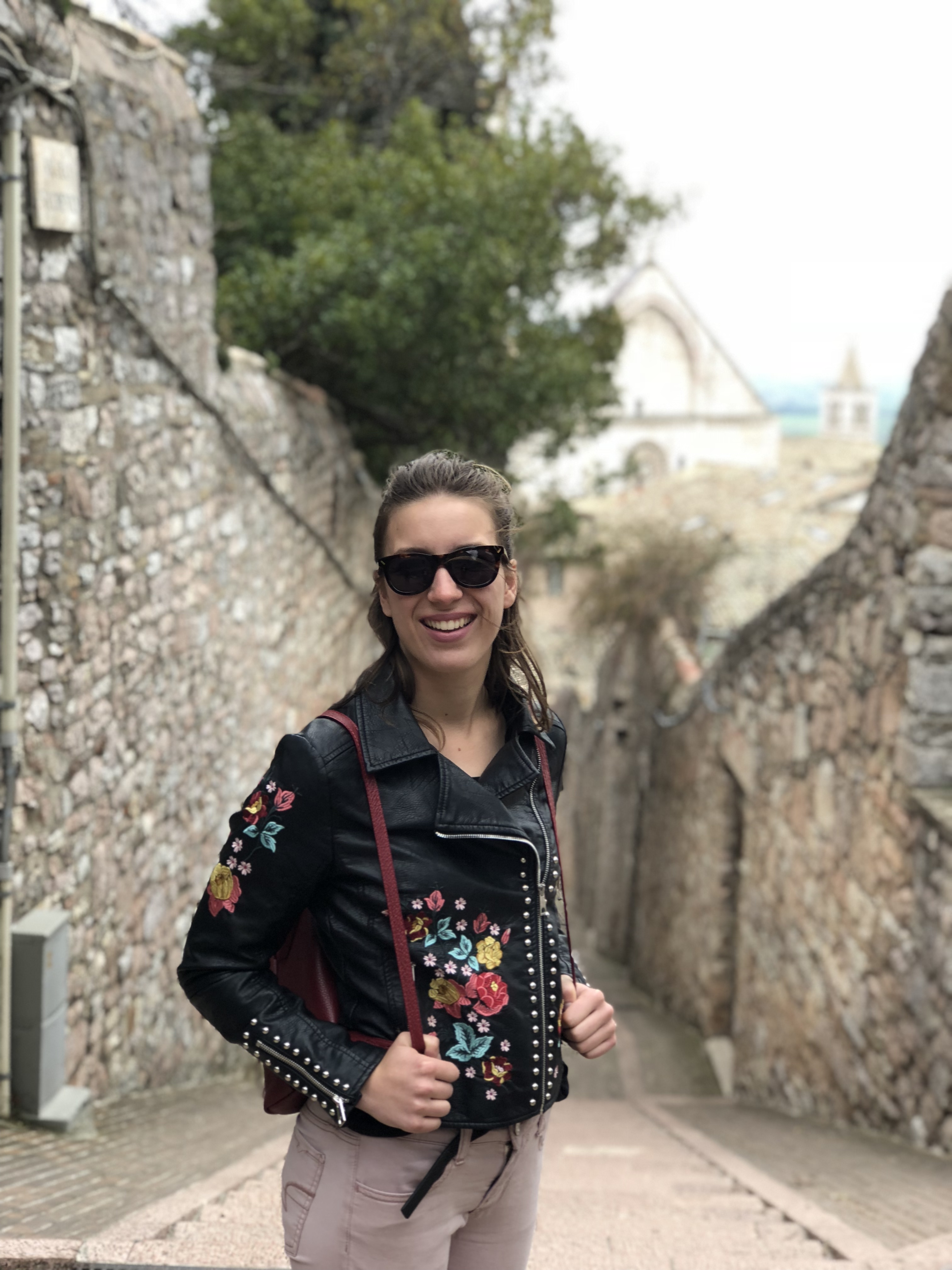
Leave A Comment